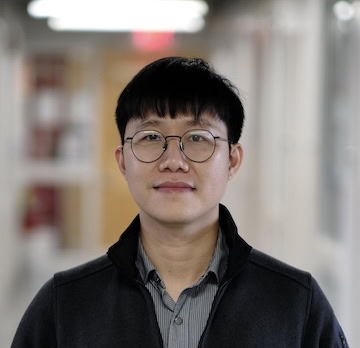Deng, Shijun, PhD

Travel Award
$1,500
Harvard University
Cholesterol-Responsive Interaction of NFE2L1-INSIG1 Controls VLDL Secretion and Attenuates MASH Progression
Mentor: Gokhan Hotamisligil, MD, PhD
Fatty liver disease, now called MASH, affects millions worldwide and is driven by harmful cholesterol buildup in the liver. A healthy liver removes excess cholesterol by packaging it into particles (VLDL) that enter the bloodstream. However, when cholesterol levels rise too high, a “brake” protein (INSIG1) stops this process. This creates a critical puzzle: How does the liver keep exporting cholesterol to avoid damage?
Our research discovered a protein named NFE2L1 that acts as the liver’s cholesterol “sensor.” In mice, NFE2L1 partners with INSIG1 to temporarily lift this “brake” during cholesterol overload, allowing safe cholesterol removal via VLDL. When we removed NFE2L1, mice developed severe liver damage due to trapped cholesterol, leading to inflammation and scarring. Restoring NFE2L1 reversed this damage, reducing fat buildup and protecting liver health. Importantly, this approach avoided raising risky blood fats - a common limitation of existing therapies.
These findings reveal how NFE2L1 and INSIG1 work together to balance cholesterol removal and liver protection. By mimicking this natural partnership, we could develop new MASH treatments that safeguard the liver without harming the heart. While this study was done in mice, it offers hope for future human therapies to combat fatty liver disease and its complications.